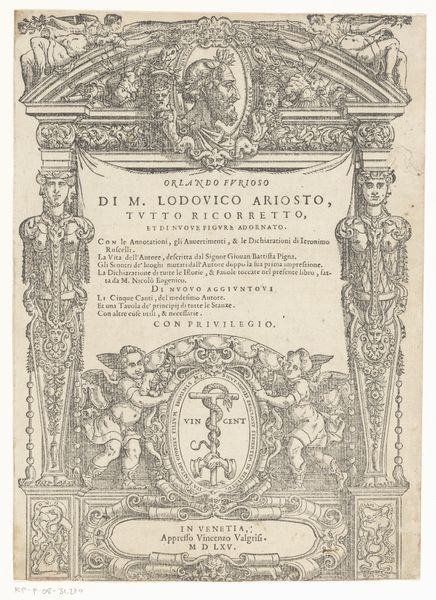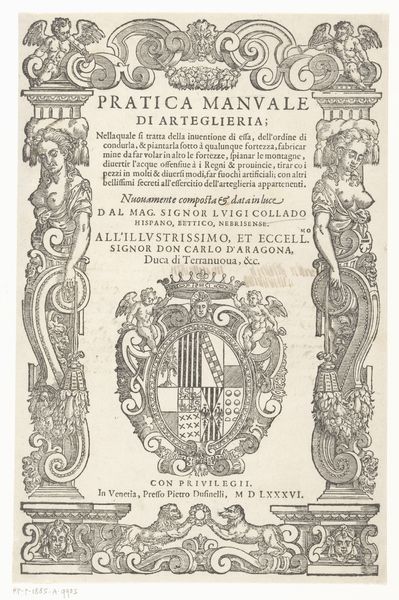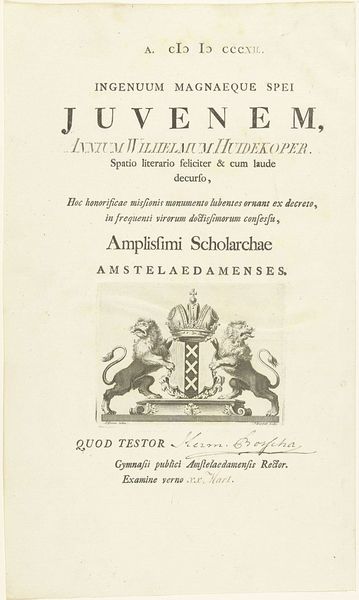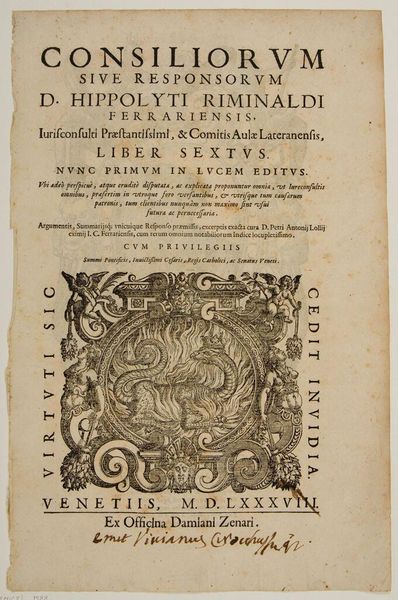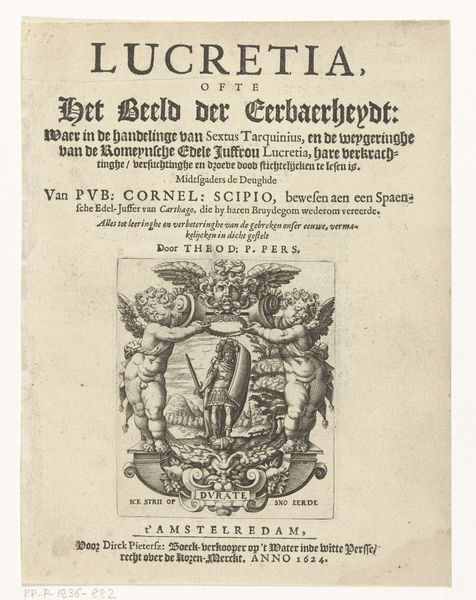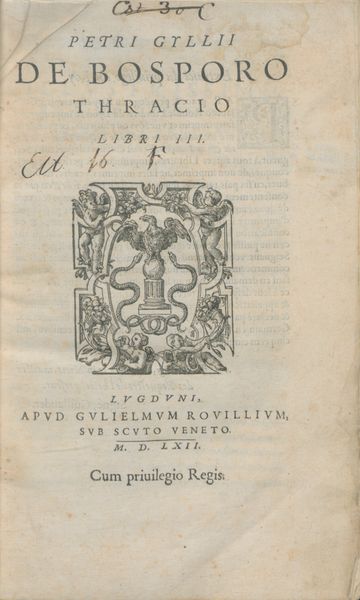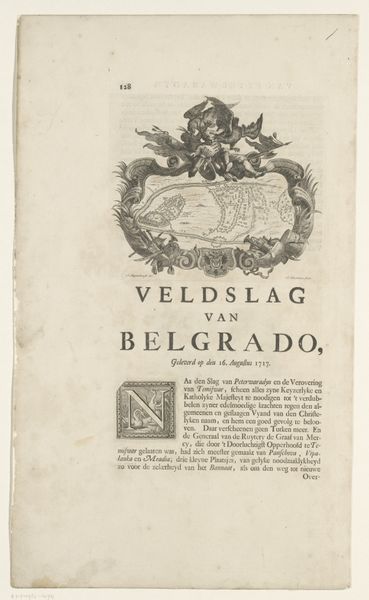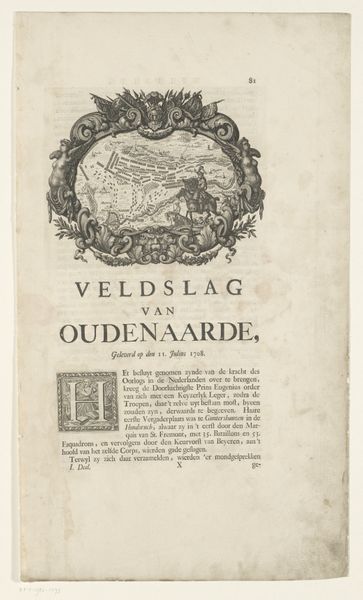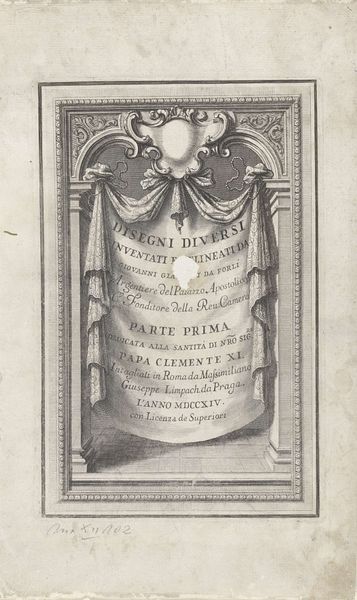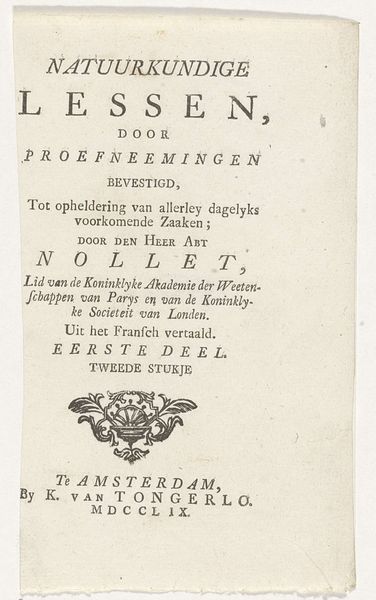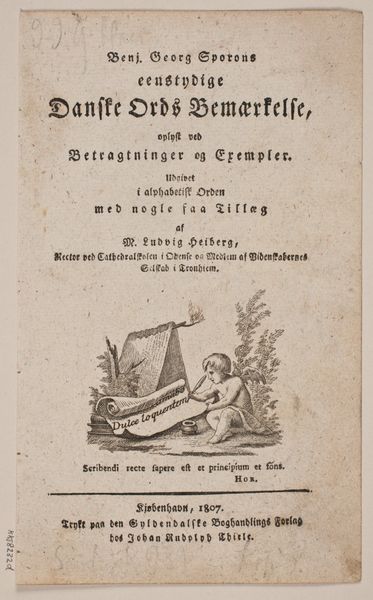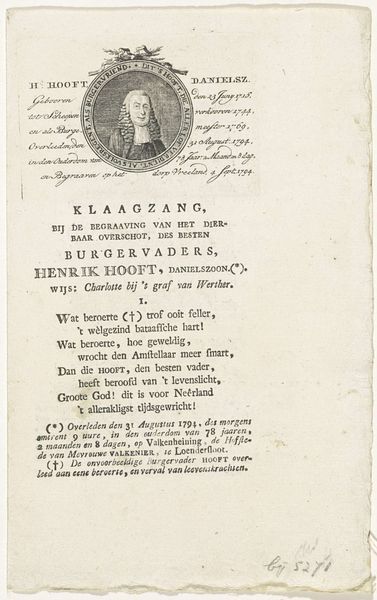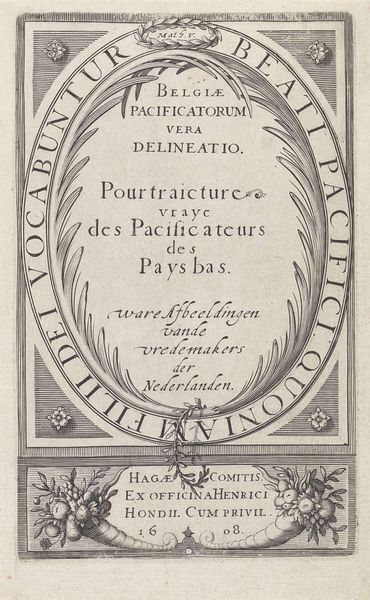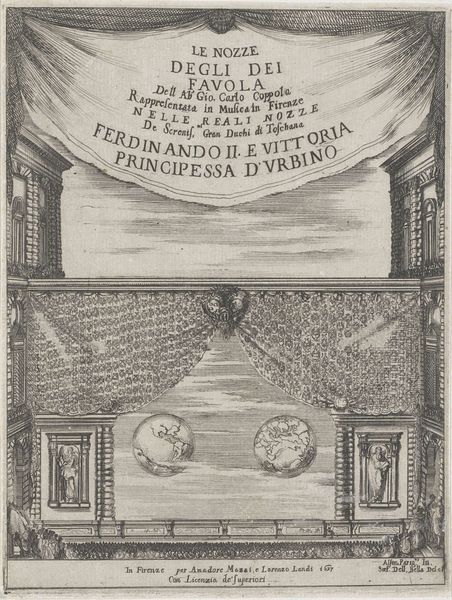
Typografische ereboog bij de verjaardag van prinses Wilhelmina van Pruisen op 7 augustus 1788 1788
0:00
0:00
graphic-art, print, typography, poster, engraving
#
portrait
#
graphic-art
#
neoclacissism
# print
#
typography
#
poster
#
engraving
Dimensions: height 545 mm, width 450 mm
Copyright: Rijks Museum: Open Domain
Curator: Here we have a commemorative print, “Typografische ereboog bij de verjaardag van prinses Wilhelmina van Pruisen op 7 augustus 1788” created in 1788 by Willem Coertse. Looking at the typography, engraving and the use of paper, what comes to mind for you? Editor: Well, the first thing that strikes me is how it uses text as a visual element. It's not just information; the lettering *is* the art. I’m interested in this idea of a ‘typographical triumphal arch' as much more than simply graphic design or commercial art. How might it challenge what we consider ‘fine art’? Curator: Precisely! Consider the production of this print. Typography relies on a division of labor: the typesetter, the printer, and in this case, the engraver, all contributing. It speaks to a broader system of production and dissemination of information in 18th-century Netherlands. How does the *process* itself – the labour, the materials – shape its meaning, particularly in relation to celebrating Princess Wilhelmina? Editor: So, you’re suggesting that by looking at the *how* it was made, we can understand *why* it was made? That it's about more than just celebrating royalty? Curator: Absolutely. This wasn't some singular, divinely inspired artist toiling in isolation. It was a collaborative, commercial undertaking meant for mass consumption. Think about the accessibility of a printed poster versus, say, an oil painting at that time. Who was the audience, and what were they consuming beyond the image of the princess? Editor: I never really considered the social aspect like that. I was initially caught up in the neoclassical style and heraldry, but the materials and means of production definitely reframe the artwork in its specific time. Curator: Indeed. We’re left questioning how mass-produced images contribute to power structures and cultural values, and even shape social classes, as it was used to consolidate the state image. Editor: It changes everything! Thanks, that perspective gave me so much more to think about.
Comments
No comments
Be the first to comment and join the conversation on the ultimate creative platform.
